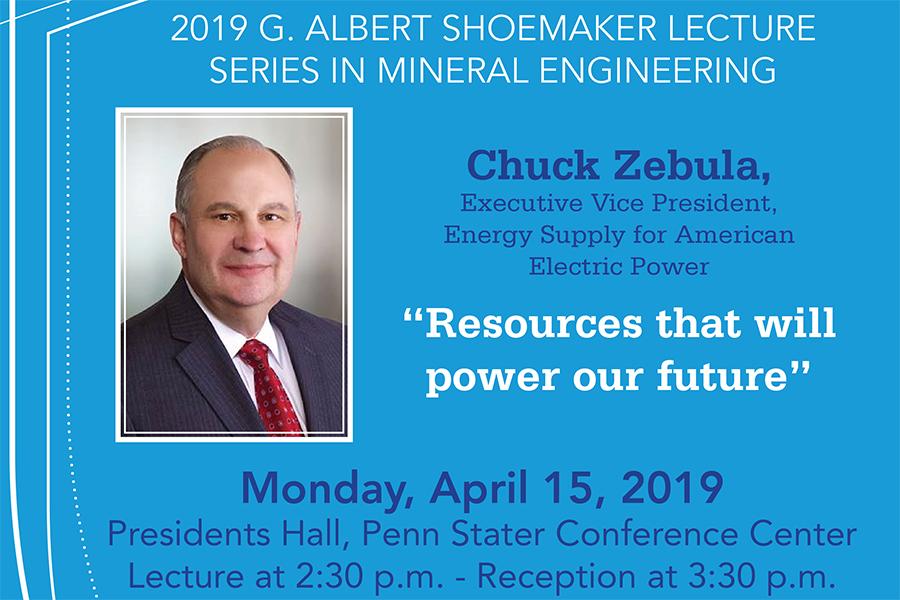Jeremy Gernand, Penn State assistant professor of environmental health and safety engineering in the John and Willie Leone Family Department of Energy and Mineral Engineering, recently received a Gladys Snyder Education Grant from the College of Earth and Mineral Sciences to develop a computer-based simulator to give undergraduate engineering students experience with the risk-related implications of system design decisions.
Chunshan Song, distinguished professor of fuel science in the John and Willie Leone Family Department of Energy and Mineral Engineering and director of the College of Earth and Mineral Sciences' Energy Institute at Penn State, received the 2019 George A. Olah Award in Hydrocarbon or Petroleum Chemistry from the American Chemical Society. He was presented with the award at ACS National Meeting, held March 31 through April 4 in Orlando, Florida.
Dr. Sami Alnuaim, manager of petroleum engineering application services at Saudi Aramco and the current president of the Society of Petroleum Engineers (SPE), will give a lecture, “Energy Sustainability: The Pride of the Oil & Gas Industry,” at 1 p.m. on Monday, April 29, in 114 Steidle Building.
On March 30, Penn State hosted the SME (Society for Mining, Metallurgy and Exploration) Eastern Collegiate Mine Rescue contest. Teams from Penn State, Virginia Polytechnic Institute and State University, West Virginia University, and the University of Kentucky competed throughout the morning in mock mine-hazard scenarios.
Members of Penn State’s Positive Energy student group recently partnered with ClearWater Conservancy, a local conservation group, to clean up a riparian buffer at a farm located in Hublersburg, Pennsylvania.
Charles Zebula, president of energy supply for American Electric Power (AEP) will give the 2019 G. Albert Shoemaker Lecture in Mineral Engineering at Penn State. His talk, “Resources that will power our future,” will be held at 2:30 p.m. on Monday, April 15, at the Penn Stater Hotel and Conference Center.
The Penn State chapter of the Society of Petroleum Engineers (SPE) recently had an opportunity to visit ExxonMobil’s campus in Spring, Texas. SPE students were in Houston attending a conference sponsored by SPE International and were fortunate enough to get to visit ExxonMobil’s facility as part of their visit to the area.
Penn State will host the 2019 Eastern SME (Society for Mining, Metallurgy and Exploration) Spring Collegiate Mine Rescue Contest from 8 a.m. to 2 p.m. on Saturday, March 30, at the Penn State Snider Agricultural Arena.
Penn State researcher Amin Mehrabian was recently awarded a $110,000 grant from the American Chemical Society's Petroleum Research Fund to study subsurface stress in hydrocarbon reservoirs.
Chiara Lo Prete was awarded a $250,000 grant for early career researchers from the Alfred P. Sloan Foundation to examine the effectiveness of energy market structures in aggregating private information on wind production forecasts to better coordinate commitment and production decisions in electric systems.











